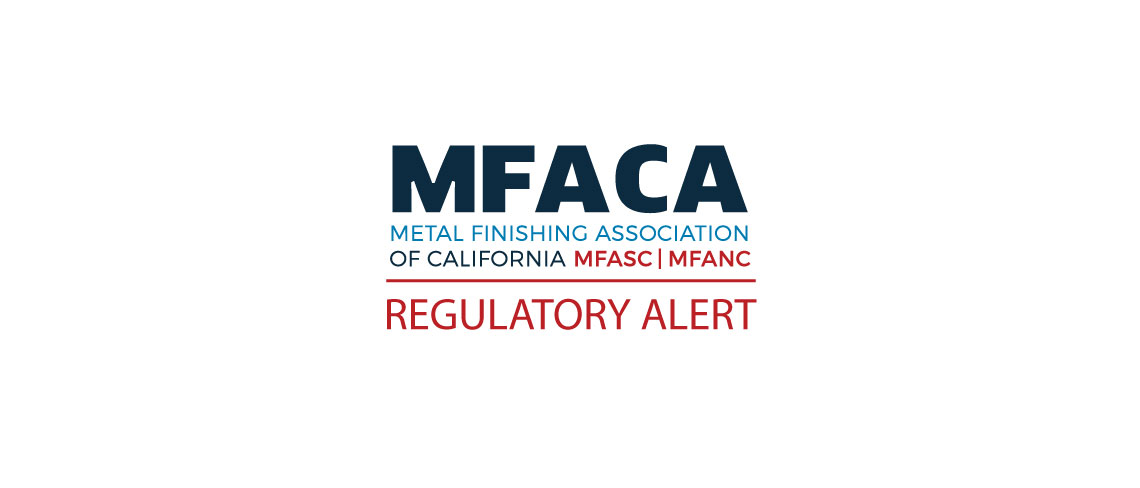The November 8 presidential election confirmed California’s status as a bastion of the Democratic party, with elected officeholders in the US Senate, Congress, statewide office as well as Senate and Assembly positioned and preparing to defend key policy issues in anticipation of the threats posed by the Republican party victories at the national level.
Republicans won the Presidency, together with control of the US Senate and House of Representatives. However, in California the Democrats enhanced their power position by picking up sufficient seats to have two-thirds of the members in the state Senate and Assembly. This is in addition to the party holding each of the seven statewide offices of Governor, Lieutenant Governor, Attorney General, Treasurer, Controller, Insurance Commissioner and Superintendent of Public Instruction.
If Democrats in the state legislature vote as a block, they have the necessary votes to take several actions without any Republican votes including the passage of urgency measures which take effect immediately upon enactment, as well as the passage of new taxes. The ability to do so will be tested by the presence of a number of business-minded Democratic legislators in each house.
With the inception of the two-year, 2016-2017 legislative session on December 5, the Democratic leadership quickly established its intention to “firewall” the state and to fight for critical progressive issues starting with the protection of immigrants. Other issues include environmental stewardship and the fight against climate change, the provision of healthcare to the poor and expansion of access as the federal Affordable Care Act faces possible elimination, the enhancement of worker’s rights including the enacted phase-in of a $15 per hour minimum wage, as well as maintenance of the K-12 public education system.
Key upcoming dates include: the January 4 return of the Legislature from the holiday break; the January 10 announcement of the Governor’s proposed budget for the next fiscal year, and the February 17 deadline for the introduction of new pieces of legislation, which will result in the promulgation of approximately 2,500 measures.


